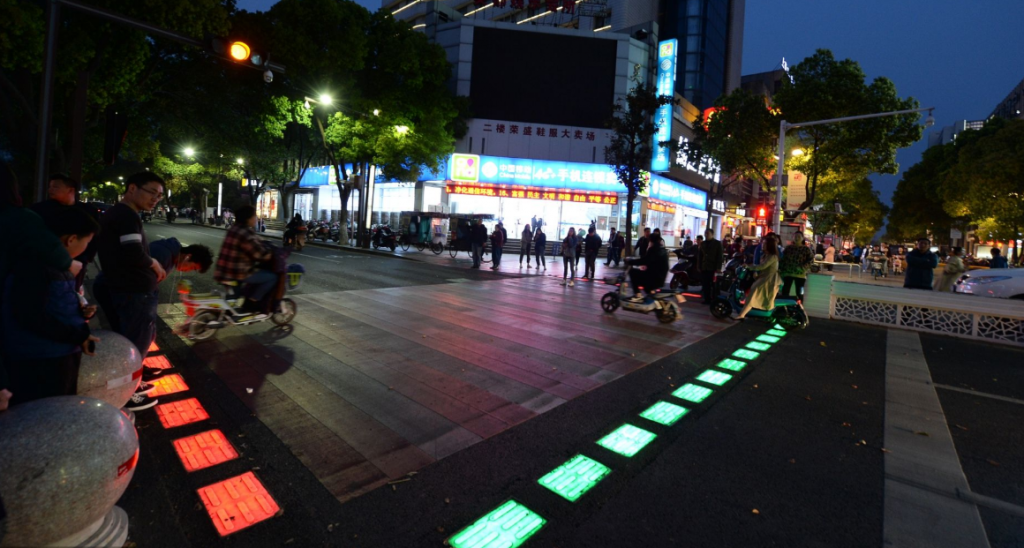
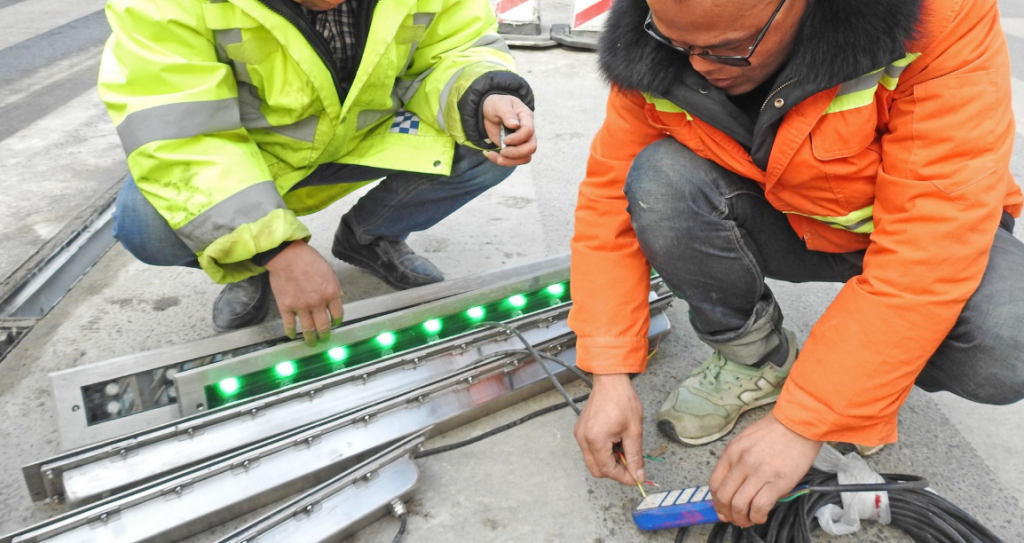





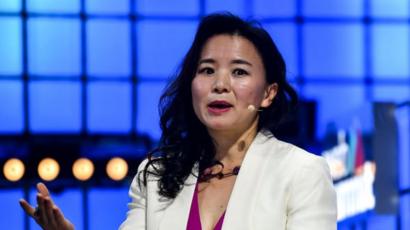


中大畢業生回鄉當村官 四種語言直播帶貨
李承洋畢業於香港中文大學,在港工作幾年後,毅然放棄即將獲得的香港永久居留權和高薪工作,選擇回鄉發展,成為四川省一個貧困村的第一書記。
年紀輕輕的他走進田間地頭,由徜徉五穀不分徜徉到熟練掌握各種務農技術,贏得了村民的信任和支持。還透過網上直播,用普通話、四川方言、粵語、英文幾種語言向網友推薦茄子、藤椒、高粱燒酒等農產品。李承洋下定決心,幫助四川農民脫貧。
After graduating from The Chinese University of Hong Kong and working in Hong Kong for a few years, Li decided to give up his upcoming permanent residency and high-paying job to return to his hometown and become the first secretary of a poor village in Sichuan province.
He went into the fields, from wandering to mastering a variety of farming techniques, and won the trust and support of the villagers. He also recommended eggplant, rattan peppers, sorghum soju and other agricultural products to netizens through a live webcast in several languages, including Mandarin, Sichuan dialect, Cantonese and English. Li is determined to help Sichuan farmers get rid of poverty.

Each side claims the other side fired the first shot, will we ever know the truth? Does it matter? Will the Indians be able to revenge the humiliation of ’62? I doubt it.

9-10-20 A joint press release was announced after the meeting between Chinese and Indian foreign ministers on Thursday, to de-escalate border tensions, and keep dialogue.
If India wants peace, China and India should uphold the LAC of November 7, 1959. If India wants war, China will oblige. Let’s see which country can outlast the other.
一、两国外长同意双方应遵循两国领导人达成的关于发展中印关系的一系列重要共识,包括不让两国分歧上升为争端。
二、两国外长认为,边境地区当前形势不符合双方利益,两国边防部队应该继续对话,尽快脱离接触,保持必要距离,缓和现地事态。
三、两国外长认为,双方应恪守现有边境事务协议和规定,维护边境地区的和平与安宁,避免采取任何可能使事态升级的行动。
四、双方同意继续通过中印边界问题特别代表会晤机制保持沟通,继续开展中印边境事务磋商与协调工作机制磋商。
五、两国外长同意,随着局势缓和,双方应加快完成新的建立互信措施,维护和增强边境地区的和平安宁。
9-12-20 Five Indians, who were allegedly “kidnapped” by the China’s People Liberation Army or as some called went missing in the south Tibet region, are India’s intelligence staff who had disguised themselves as hunters. They recently trespassed the China-India border and entered the Shannan prefecture of Tibet. The Indian side often sends staff via this means to gather intelligence of China. This is how it encroaches China-controlled areas. The Chinese side has detained, warned and educated the five persons, who will be released soon.

https://www.ixigua.com/6871510329096929795?logTag=ywglRx-iKAXQCl5bK2bBJ
https://www.ixigua.com/6839960566686024203?logTag=ety3soDFndFdmgz9XHJAM


Foreign Minister Wang Yi announced in Beijing a global data security initiative《全球数据安全倡议》 on Tuesday outlining principles that should be followed in areas from personal information to espionage.
China’s initiative has eight key points including not using technology to impair other countries’ critical infrastructure or steal data, and making sure service providers don’t install backdoors in their products and illegally obtain user data.
这一倡议的主要内容包括:
一是客观理性看待数据安全,致力于维护全球供应链开放、安全和稳定。
二是反对利用信息技术破坏他国关键基础设施或窃取重要数据。
三是采取措施防范和制止侵害个人信息的行为,不得滥用信息技术对他国进行大规模监控,或非法采集他国公民个人信息。
四是要求企业尊重当地法律,不得强制要求本国企业将境外产生、获取的数据存储在本国境内。
五是尊重他国主权、司法管辖权和对数据的管理权,不得直接向企业或个人调取位于他国的数据。
六是应通过司法协助等渠道解决执法跨境数据调取需求。
七是信息技术产品和服务供应企业不应在产品和服务中设置后门,非法获取用户数据。
八是信息技术企业不得利用用户对产品依赖,谋取不正当利益。
Wang also said the initiative looks to put an end to activities that “infringe upon personal information” and oppose using technology to conduct mass surveillance against other states.
Companies should also respect the laws of host countries and stop coercing domestic firms to store data generated overseas in their own territory, the initiative added.
Anyone signing up to the pledge should also respect the sovereignty, jurisdiction and governance of data of other states and avoid asking companies or individuals located in other countries to provide data without permission.

At the Taiyuan Satellite Launch Centre 太原卫星发射中心 , China successfully launched the Gaofen 11-02 高分十一号02星 into a predetermined orbit using the Long March 4B launch vehicle, and the launch was a complete success. GAO-11-02 is an optical remote sensing satellite with a ground resolution of up to sub-metre, which is mainly used in such fields as land census, urban planning, land titling, road network design, crop yield estimation, disaster prevention and mitigation, and can provide information security for the construction of the “Belt and Road”.

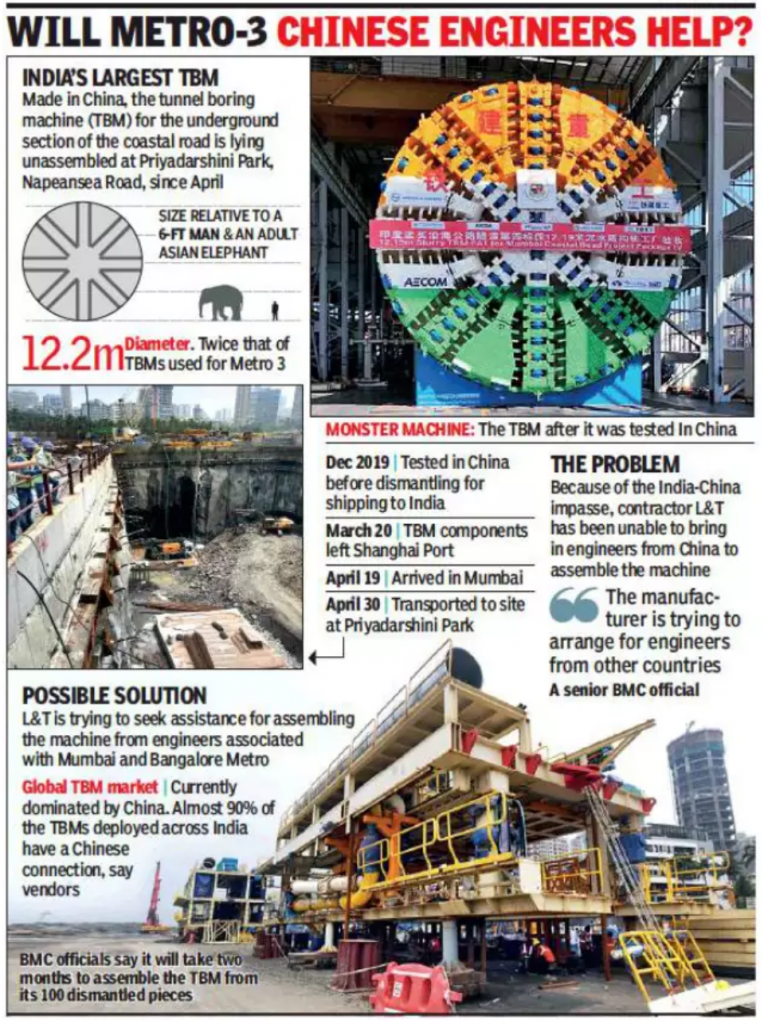

On September 4, Shenzhen Maxphotonics Co., Ltd. (Chuangxin Laser) and Shandong Jinan Bodor Laser Co. reported that the 40kW multimode continuous laser sets the record of the highest power of the same kind of industrial laser cutting, equipped with a single module 6kW also simultaneously break the highest record of the domestic industrial utility single mode.
https://play.yunxi.tv/livestream/flash?id=e757e5ed77e143e594280206f72e9558#/

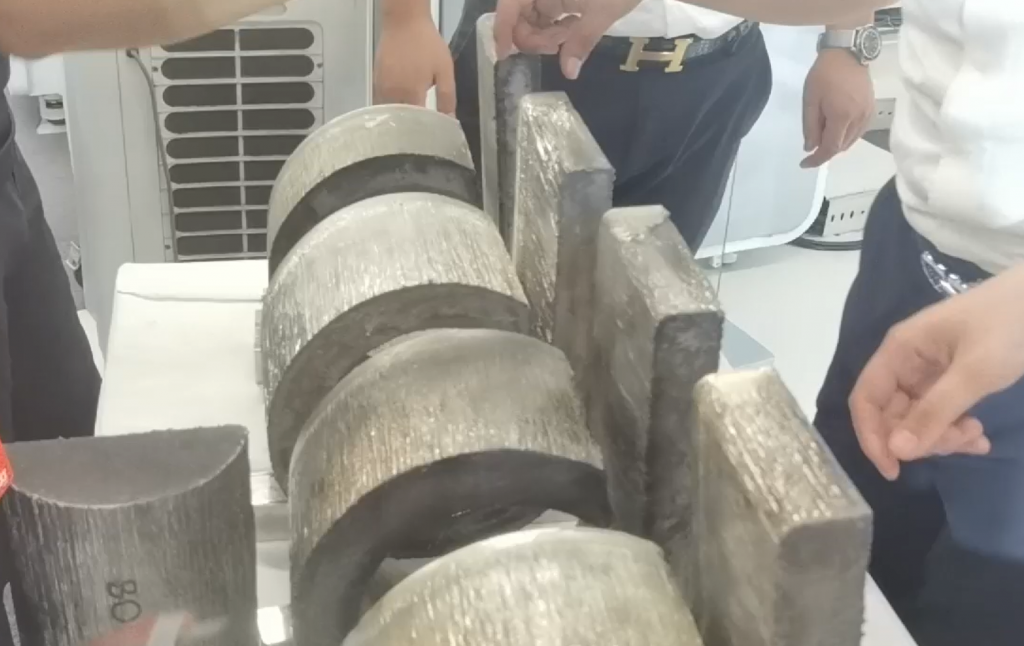


China successfully launched a reusable experimental spacecraft with a Long March-2F carrier rocket from the Jiuquan 酒泉 Satellite Launch Center in Northwest China on Friday. The spacecraft will return to Earth after some time in orbit, designed for peaceful use of space.
9-6-20 After flying in orbit for two days, China’s reusable spacecraft, which was launched from Jiuquan Satellite Launch Center on Friday, successfully returned to its designated landing site on Sunday.
